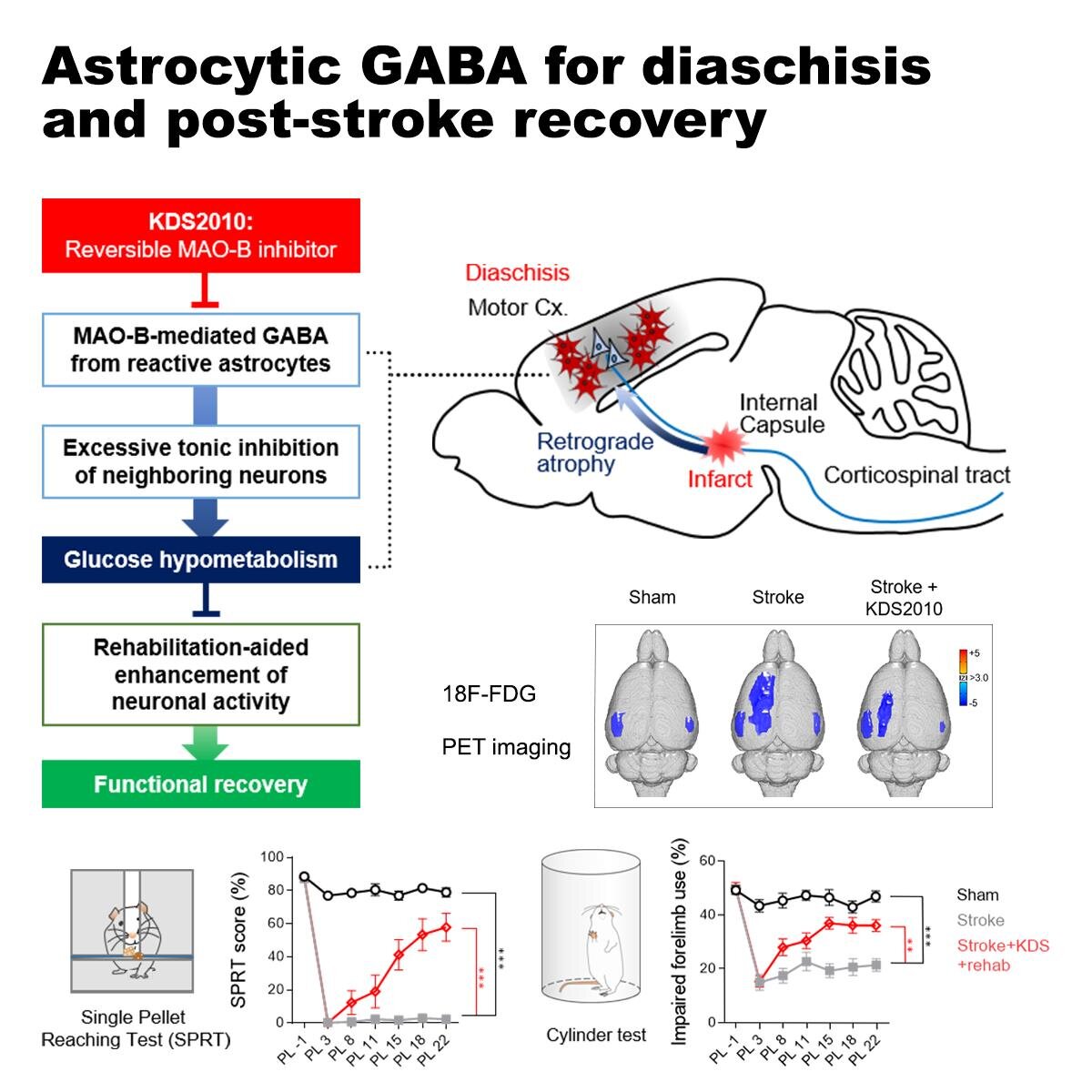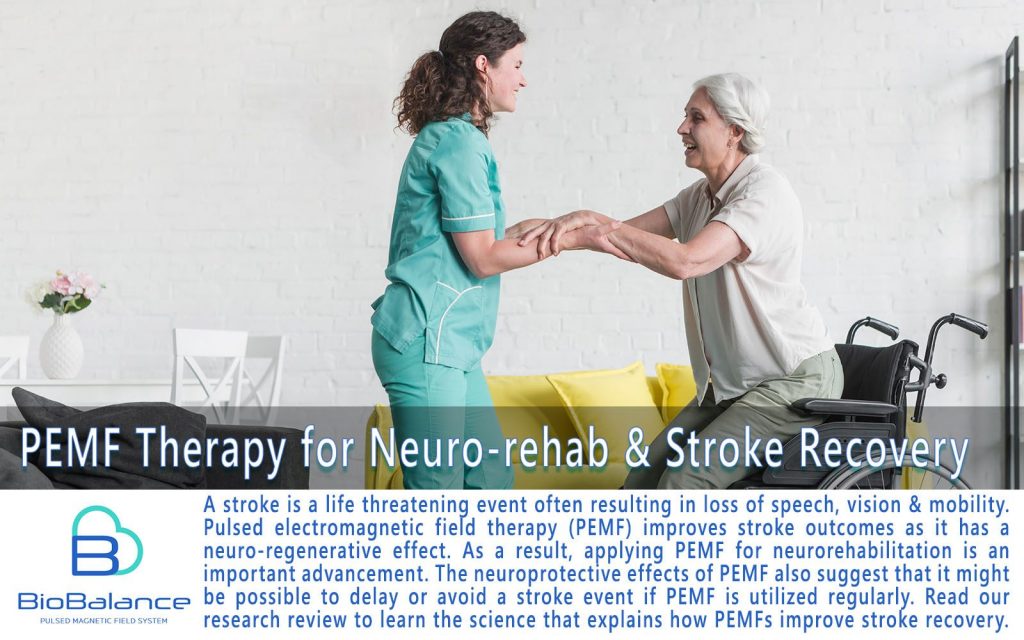Indicators on Stroke Support Groups You Need To Know
Table of ContentsFascination About Stroke Support GroupsThe Best Guide To Stroke Support Groups4 Easy Facts About Stroke Support Groups Explained
In a preliminary examination, we studied 10 patients with intense, nondominant hemisphere stroke who were prospects for intervention to restore perfusion, based upon having a small intense stroke (measured on diffusion-weighted imaging or DWI), but a bigger area of hypoperfusion (measured on perfusion-weighted imaging or PWI), and a visualized embolism or area of stenosis in cerebral vessel.We computed correlations in between change in volume of stroke, modification in perfusion irregularity (specified as time to peak hold-up of contrast in an area of interest relative to the homologous area of interest in the opposite hemisphere), and modification in functional tests. Initial NIHSS score ranged from 1 to 16 (mean = 9).
5%) mistakes. Volume of infarct on DWI varied from 3 to 31 cm3 (mean = 8. 9 cm3). Volume of PWI irregularity varied from 55 to 284 cm3 (mean = 156 cm3). Especially, all of these patients had big areas of hypoperfusion beyond the infarct and were considered prospects for intervention to restore blood circulation.
With intervention, change in NIHSS score varied from 5 to 0 (mean = 1. 7). Modification in line cancellation ranged from 39. 6 to +14. 6 (mean = 14. 3 cm3). Change in infarct volume varied from 4 to 32 cm3 (mean = 4. 3 cm3). Change in PWI abnormality varied from 209 to 0 cm3 (mean = 70.
Change in volume of hypoperfused tissue on PWI associated with modification in line cancellation efficiency (;) however did not correlate with change in NIHSS rating (; = NS). This research study offered evidence that improvement in perfusion was connected with improvement in a basic step of cognitive function, even when it was not related to improvement in the NIHSS score [9].
In one current research study, we examined the hypothesis that bring back blood circulation to particular cortical areas in the best hemisphere after severe stroke leads to improvement in distinct versions of hemispatial overlook (viewer-centered disregard versus stimulus-centered overlook) [23] These two types of disregard are displayed in Figure 1. Previous research studies have revealed that these two kinds of overlook result from different locations of stroke [2426].

Top Guidelines Of Stroke Support Groups

2 (18. 5) cc increase (development in infarct); the mean modification in volume of hypoperfusion on PWI was 35. 1 (55. 0) cc or improvement in perfusion. Multivariate linear regression analysis revealed specific Brodmann areas (Bachelor's Degree) where reperfusion was connected with enhancement in viewer- or stimulus-centered disregard, separately of reperfusion of other areas and separately of age and modification in volume of infarct and hypoperfusion.
Reperfusion of right temporooccipital cortex (ideal Bachelor's Degree 37, 18, 38) individually added to enhancement in stimulus-centered overlook, determined by discovering left gaps in circles on both sides of the page (; ), as highlighted in Figure 3. These results confirmed that bring back blood circulation to particular cortical areas yields enhancement in different types of disregard [23].
In one study, we investigated five clients with impaired word meaning connected with poor perfusion, but not infarction, in remarkable temporal cortex, and one patient with a superimposed deficit in word retrieval, connected with bad perfusion of left inferior temporal cortex. Each patient was treated to increase perfusion of the ischemic and dysfunctional tissue (stroke support groups).
In another study, reperfusion of inferior temporal cortex (within look these up BA 37) was the area most highly associated with improvement in naming in patients with intense left hemisphere stroke [28] Yet another study revealed that reperfusion of left inferior frontal cortex look at this web-site was related to improvement particular to composing verbs [29] These outcomes show that reperfusion of specific brain regions results in healing of distinct language functions. stroke support groups.
An excellent deal of difference in healing of cognitive functions stays unexplained, even after representing lesion volume. For instance, in a research study of 270 (primarily left hemisphere) stroke patients, healing of speech production (a composite rating) associated with volume of infarct,,) [19] Because study, the connection enhanced when information about website of sore was added.

The Buzz on Stroke Support Groups
That is, higher education might provide more basic cognitive resources on which to rely and hence delay the start of dementia. However, the function of education in healing from stroke has actually been less well studied. One study did discover that the highest instructional levels were related to lower rates of poststroke cognitive deficits and dementia and higher rates of long-term survival, separately of stroke intensity, age, sex, marital status, and white matter sores in people with mild/moderate ischemic stroke [36].